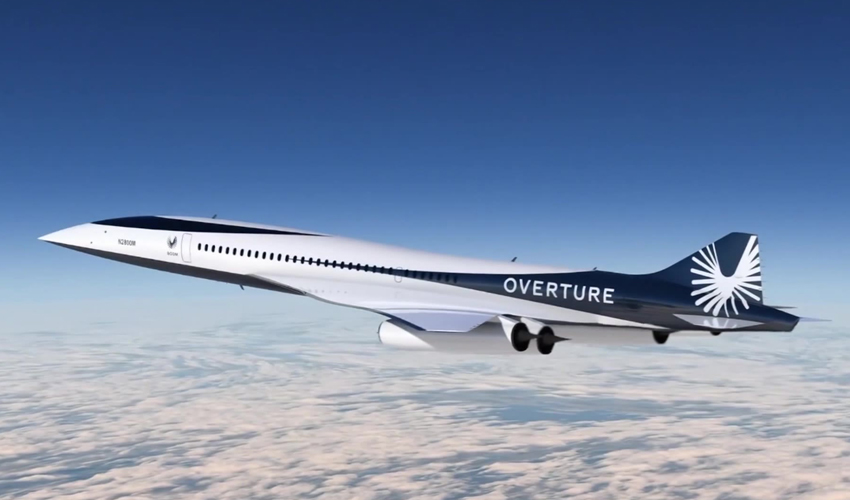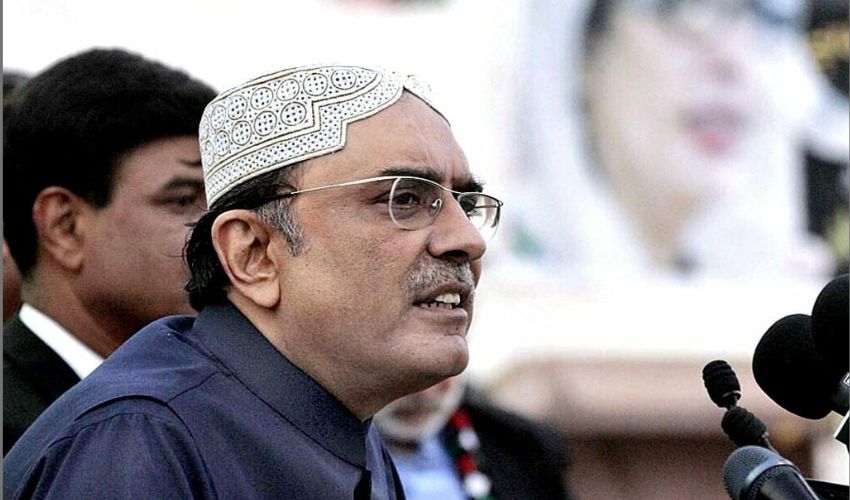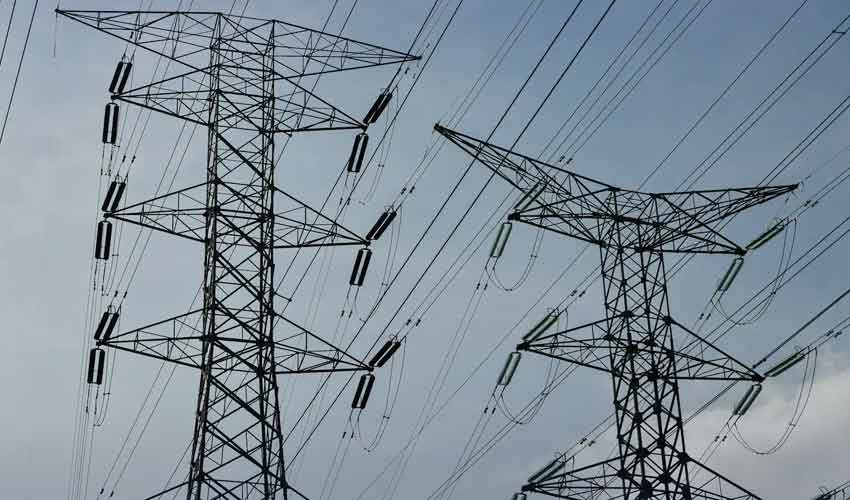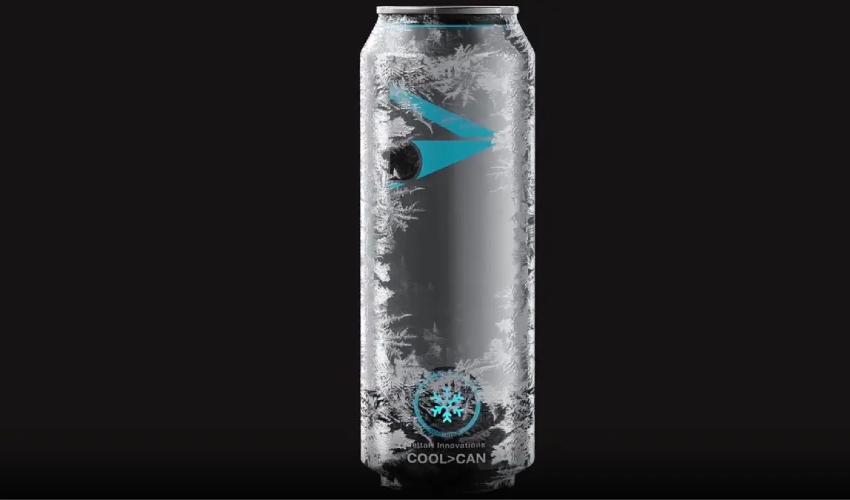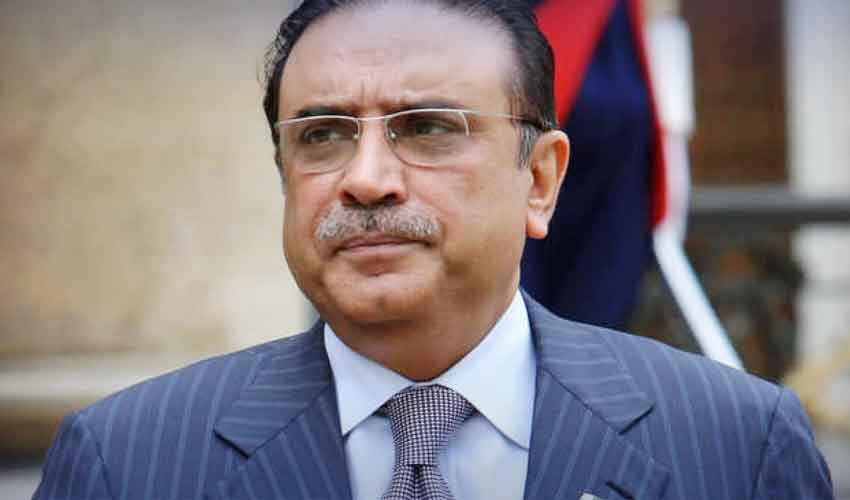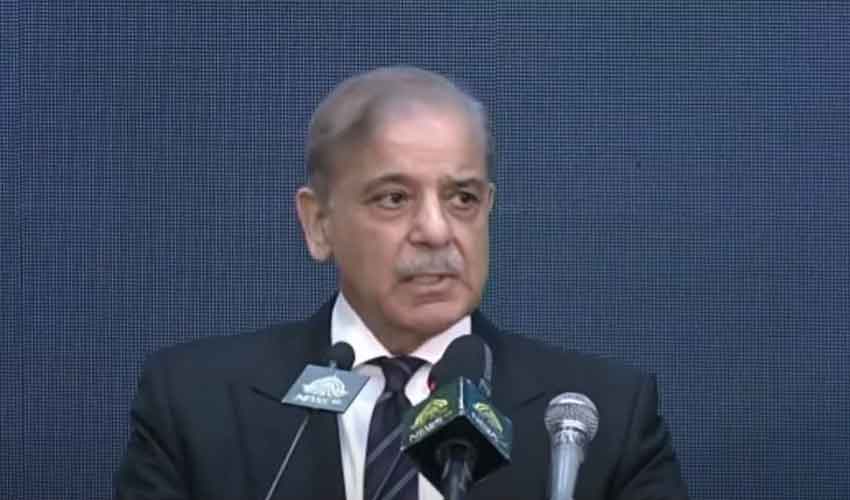After decades of anticipation, the dream of commercial supersonic travel is closer to becoming a reality. Boom Supersonic, an American aerospace company, showcased its experimental aircraft, the XB1, at the Farnborough International Air Show.
This marks a significant step towards introducing the first commercial supersonic aircraft in over 20 years.
The XB1 project, initiated in 2014, has reached a critical phase, with Boom Supersonic's founder and CEO, Blake Scholl, outlining ambitious plans for the future. Scholl emphasized the stagnant innovation in aircraft development by major manufacturers like Boeing and Airbus, asserting the need for advancement in speed, particularly supersonic speeds.
Scholl revealed that the XB1 is set for its second test flight in the coming days, during which it aims to break the sound barrier. By the end of this year, the aircraft is expected to achieve supersonic speeds, flying at approximately 760 miles per hour.
Historically, only two supersonic passenger aircraft have been developed: the Soviet Tupolev Tu-144 and the British-French Concorde, which ceased operations in October 2003. Since then, no new commercial supersonic planes have been introduced, despite ongoing developments in the field.
Boom Supersonic envisions a future where their aircraft can transport passengers from London to New York in just 3.5 hours, traveling at over 1,300 miles per hour. Scholl highlighted strong consumer interest in supersonic flights, with 97% of passengers expressing excitement and 87% willing to switch airlines for the experience.
At the airshow, Boom Supersonic also unveiled the flight deck of the XB1, featuring a combination of traditional physical controls and modern touch displays. The aircraft, constructed from carbon fiber, will incorporate Augmented Reality technology to assist pilots.
Equipped with a long nose and two cameras for enhanced navigation, the XB1 is designed to operate on 100% environmentally friendly fuel. However, the widespread production of this fuel remains a challenge.
The company aims to launch commercial supersonic flights by the end of this decade. Despite the aircraft not being fully operational yet, Boom Supersonic has already secured 130 orders, reflecting strong market confidence in the future of supersonic travel.





